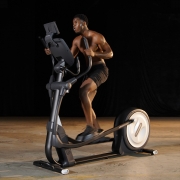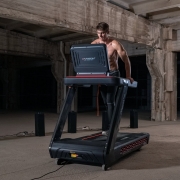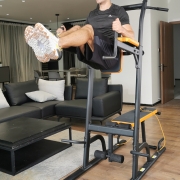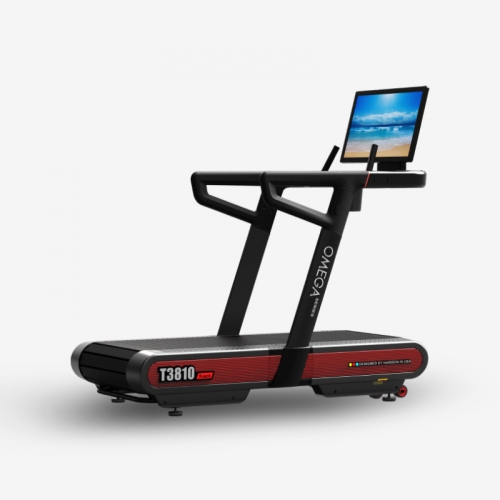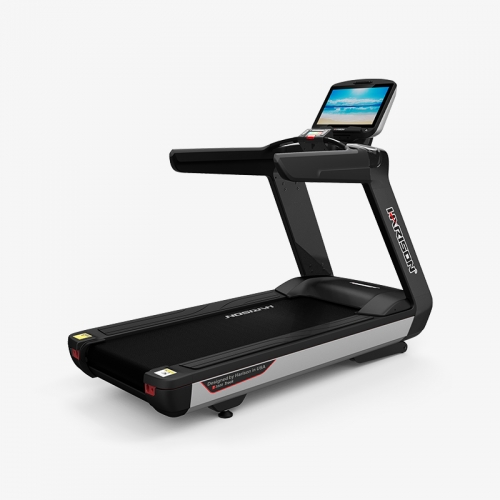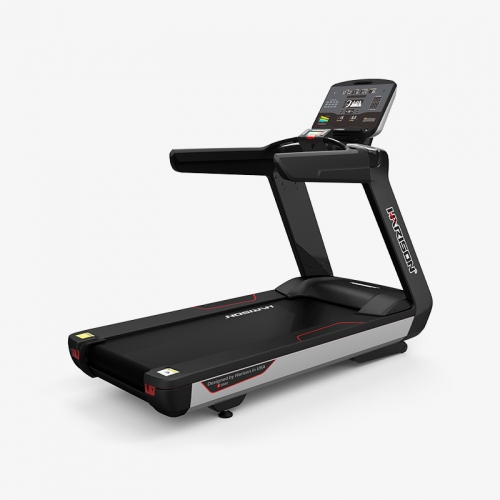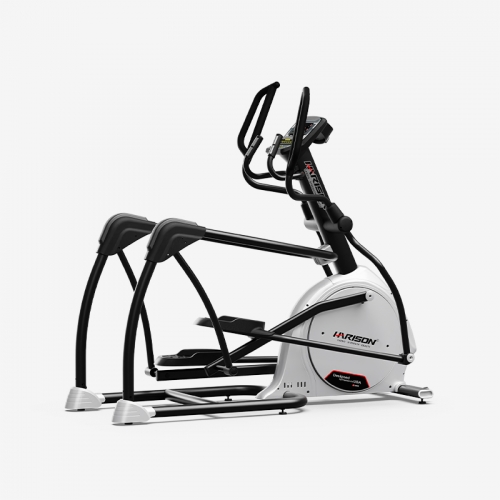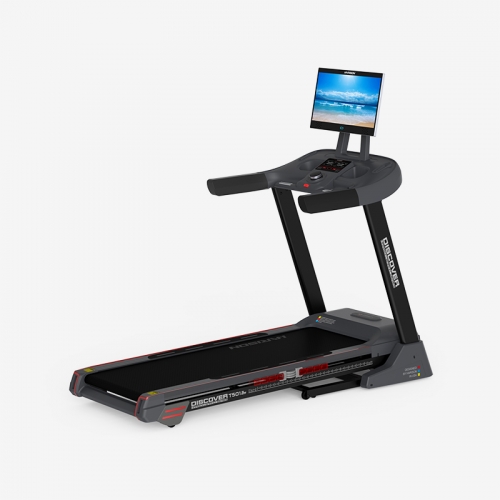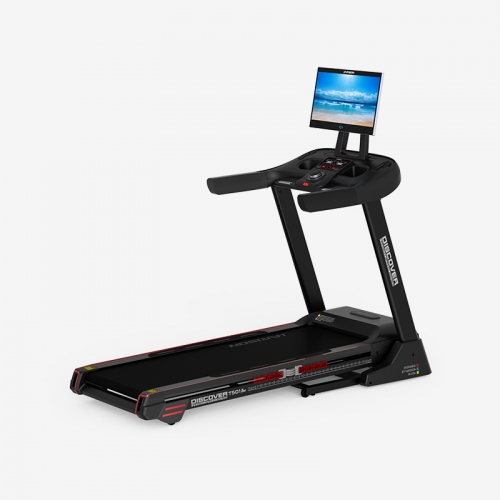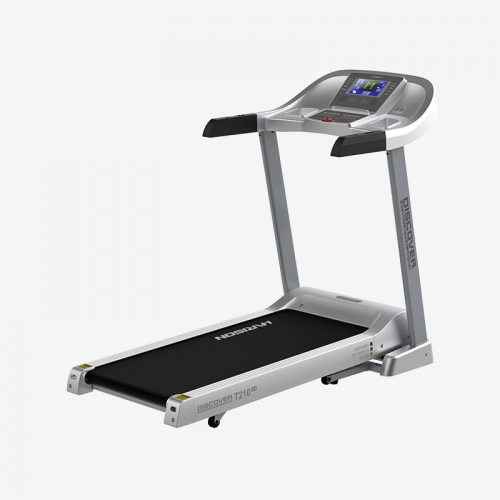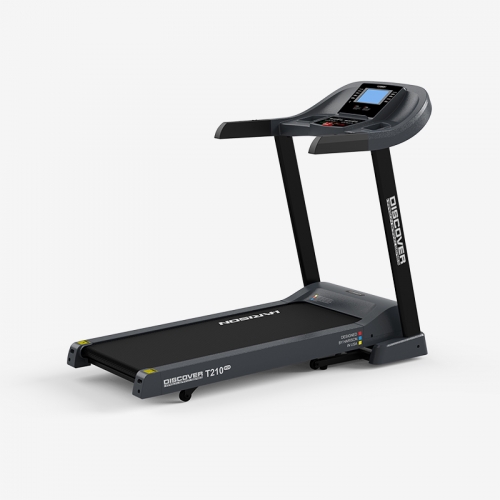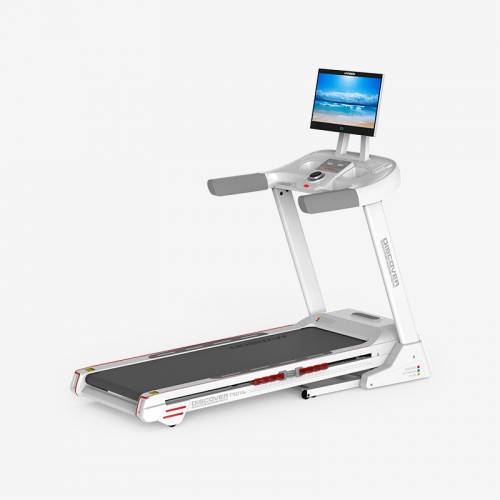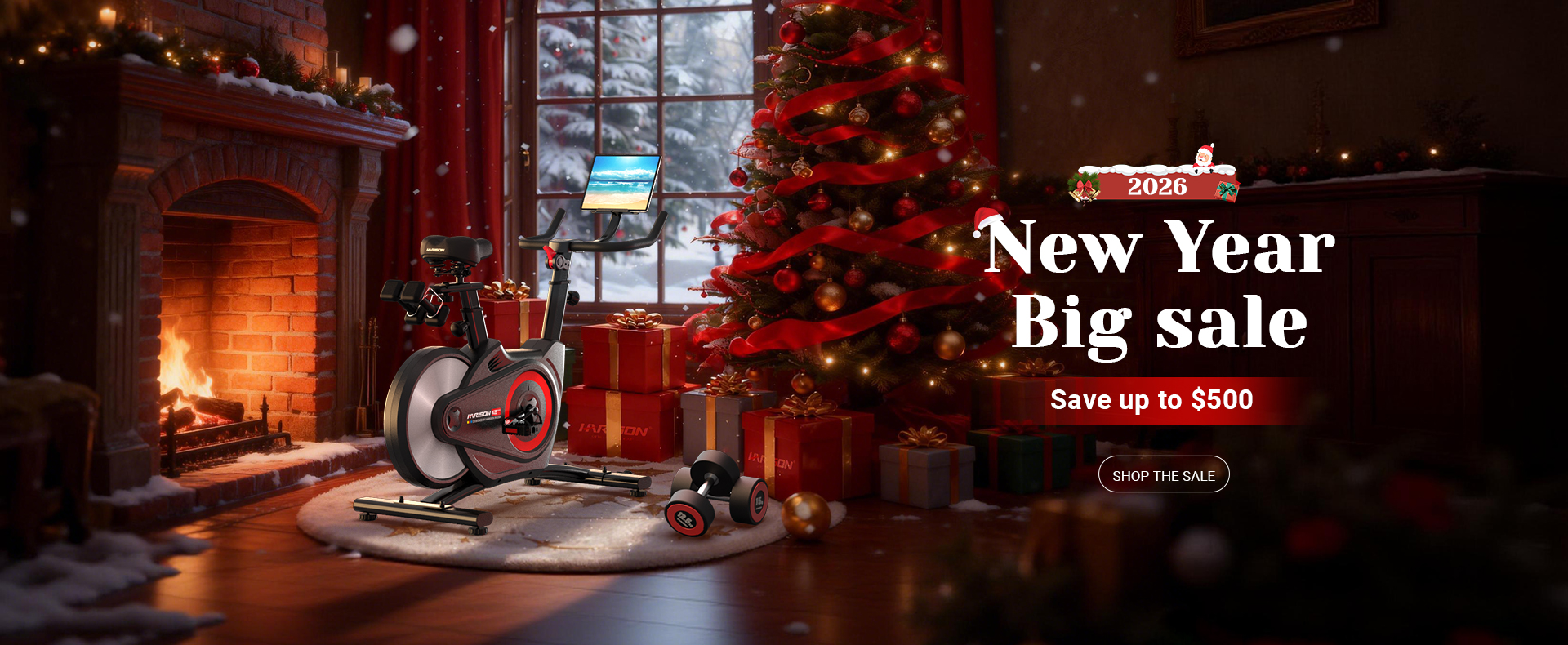How To Increase Your Ab Strength?
/0 Comments/in Weight LossTarget muscle group is not activated
Affect your body and training effect
Muscle has its contractility and toughness
The muscles are not activated mainly in
Muscles become shorter, hyperextension becomes longer, and atrophy
Like a spring
Long-term stretched, will become slack and weak
Long-term compression, muscles have no flexibility
Will rust if not used for a long time
Actions to Activate the Abdominal Muscles
Curl belly
2 groups, 10 per group
Bend leg up
Use the power of rectus abdominis contraction
Raise your upper back and curl your body
Pay attention to the lower back
Leg raises
Lie on your back
Back close to the ground
Lift your legs without straightening
Russian twist
2 groups, 10 per group
Lean back
Feel the abdomen tightened
Plank
2 groups, 30 seconds each
Tighten your abs, don’t collapse your waist
Keep your eyes on the ground and breathe evenly
Back slightly arched
Can tighten the abdomen better
After the abdomen is activated
Whether it’s aerobic or strength training
Can protect our lumbar spine
Prevent lumbar disc herniation and waist injury
How To Do Exercise Correctly After Stop Doing It for A Long Time
/0 Comments/in Fitness TipsIn addition to madman fitness enthusiasts who continue to exercise every day, most people have stopped fitness programs to a greater or lesser extent.
Not only that, sometimes we have to stop training for some time because of injuries, illness, overtime, busy work, etc.
The disconnection time is Read more
HARISON 611 Ab Roller Machine
/0 Comments/in Other, Product VideosHow Is the HARISON HR-415 AB Roller Wheel
/0 Comments/in Weight LossAs an easy to use, inexpensive piece of equipment which can be used for super effective core workouts at the comfort of your home, the ab wheel is one of the best fitness equipment out there to strengthen and work your abs.
HARISON HR-415 is this kind of product. You can use it to exercise your abs and build a sexy beach body. Then let’s see how is the HARISON ab roller wheel.

Multi-angle Side-sliding Exercise: Multi-angle provide more stretching and enhance a series of abdominal and muscle-lengthening exercises, Not only for abs, but exercise your whole intrinsic muscles groups.
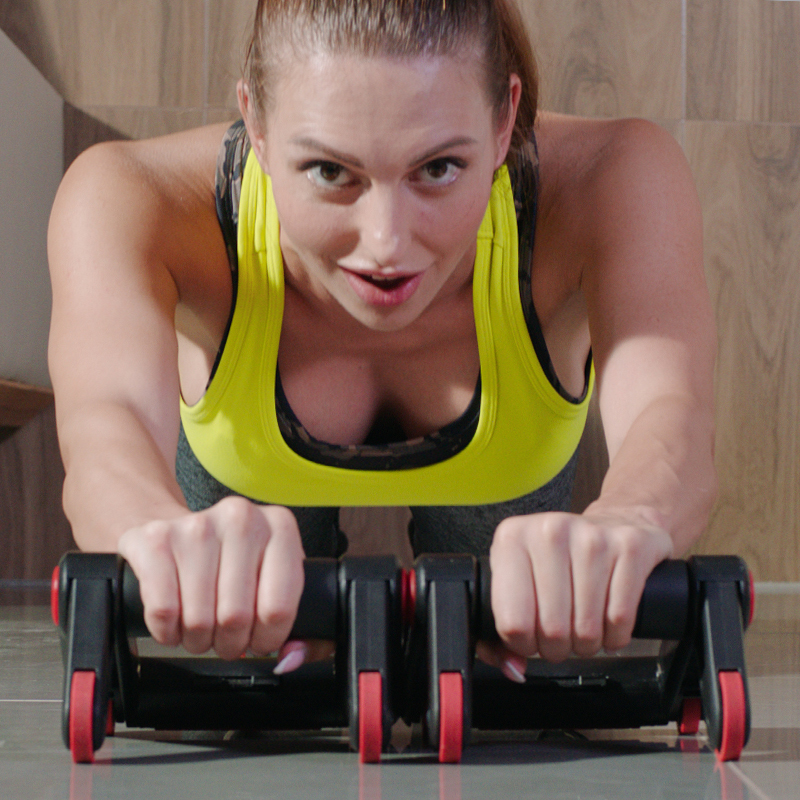
Easy to Folding, Light and Portable :Roller folding design make you free to exercise, perfect for training at home, gym, office, or travel everywhere.

Silent Workout: Solid rubber wheel ,quiet and not hurt the floor. You can enjoy your own space without disturb others.
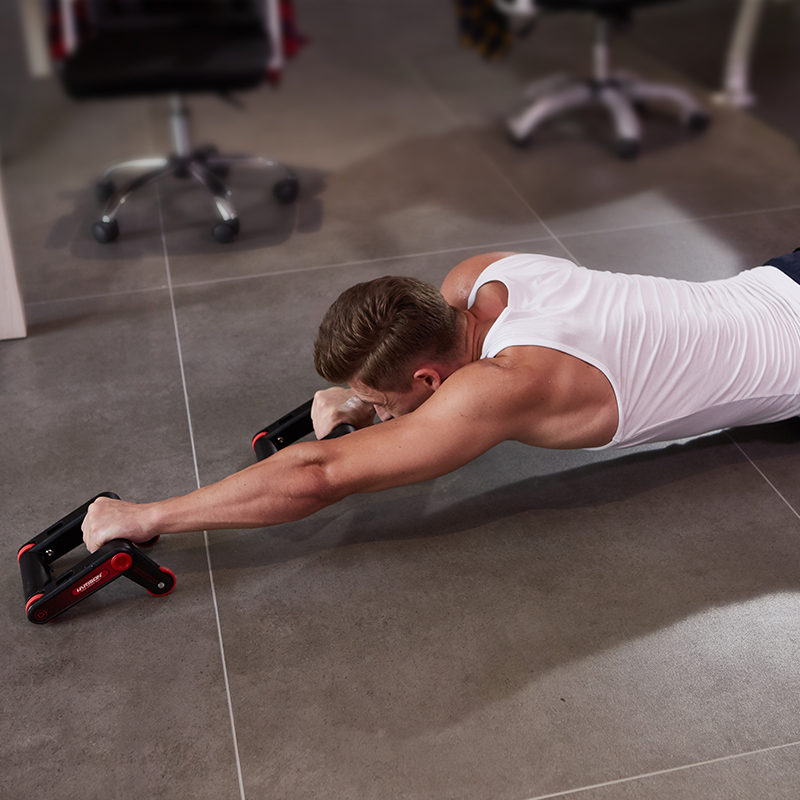
Pull Rope & Kneeling pad:: Pull rope used with elastic rope to reduce the difficulty of movement , further exercises each muscle group of your body, Knee pads for non-slip wear resistance, reduce impact during sport.
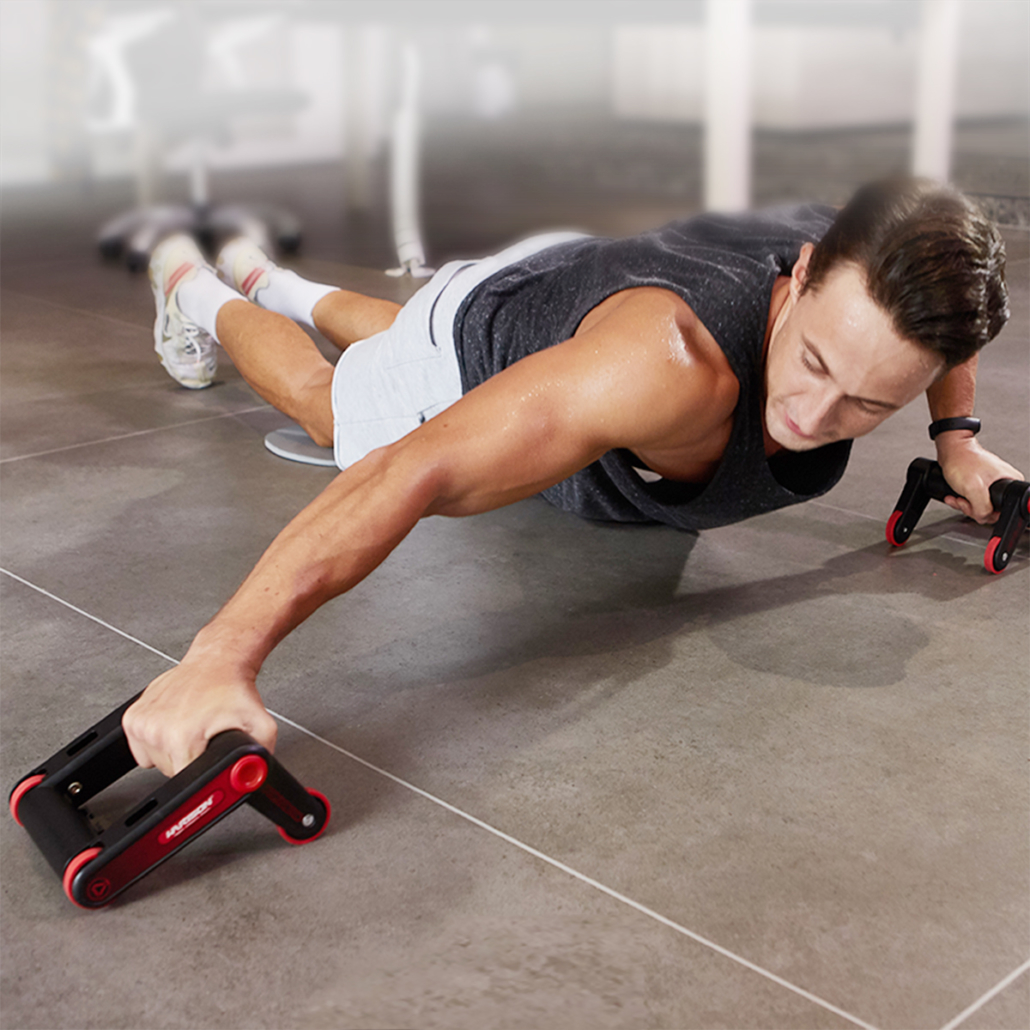
Special Triangle Support: The Triangle Push up bars greatly enhance the stability and help you target specific muscle groups – scapular Muscles, Triceps, Deltoids & Pectorals,and sculpts your entire upper body

Super Soft sponge Handle: Absorbent sponge, anti-skid and abrasion resistant, provide you a comfortable using experience and make you easily stick to your workout.
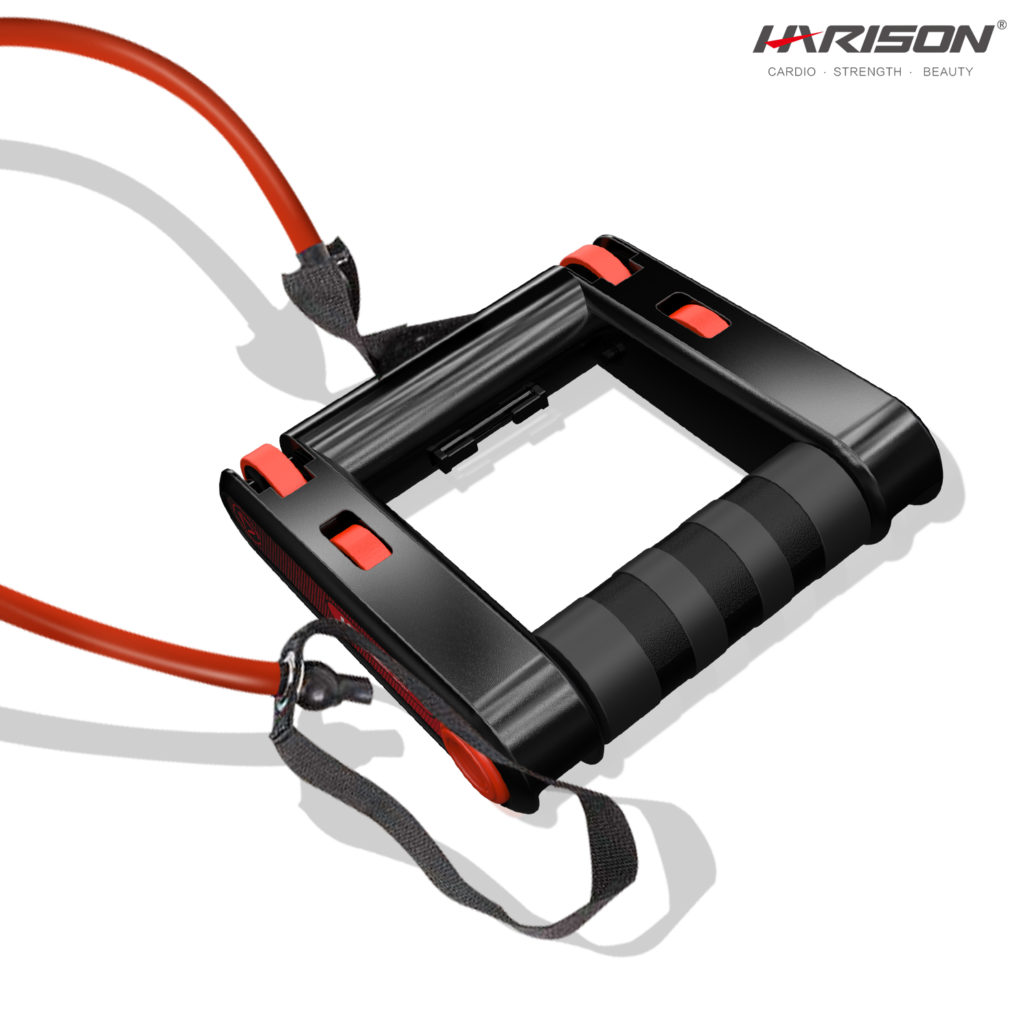
How To Protect Your Knees When Doing Exercise
/0 Comments/in Weight Loss- Tiptoe Feet Squat
Feet shoulder-width apart
Stand on tiptoe for 10 seconds
Then bend your hips and sit back, hold for 10 seconds and then recover

2. Squat
Squat is a very good exercise
You can use it in your usual exercise
Not only exercise the thigh muscles
Can also activate the lower limbs well

3. Lunge Squat
Squat with one foot in front and one foot behind
Keep your upper body straight and stable

4. Sideways Squat
Stand with feet wider than shoulders
Turn your body while squatting
Make your body do side lunges to the left and right

This set of actions is suitable for activation before various aerobic exercises
Such as running, elliptical exercise, spinning, etc.
Activate the ankle, knee and hip joints
Achieve preheating effect
Protect the meniscus in the knee joint
Treadmill VS Elliptical: Which One to Choose for A Workout?
/0 Comments/in Weight LossEvery time when discussing home fitness equipment, treadmills and elliptical machines have to be pulled out and discuss again: which one is better?
Some people say that the treadmill is good, and running is the best way to lose weight; some people say that the elliptical machine is good, the exercise is gentle and does not hurt the knee.
It is hard to choose if you don’t have any information about them. In this post, we will provide more details about both treadmill and ellipitical guide you to choose.
1.Know the Treadmill and Elliptical Machines
Treadmill is a regular fitness equipment for both home and gym, and it is the simplest kind of home fitness equipment today, and it is the best choice for home fitness equipment.
When you don’t know what sports equipment to choose, treadmills are generally preferred. After all, the outdoor exercise we often do is running, and treadmills are a substitute for outdoor running.
The treadmill is driven by a motor to drive the running belt for reciprocating motion, helping the athlete to passively walk and run on the running belt.
In addition to basic running functions, treadmills usually also have functions such as variable speed, slope adjustable, shock absorption, step counting, heart rate testing, exercise program setting, and multifunctional fitness.
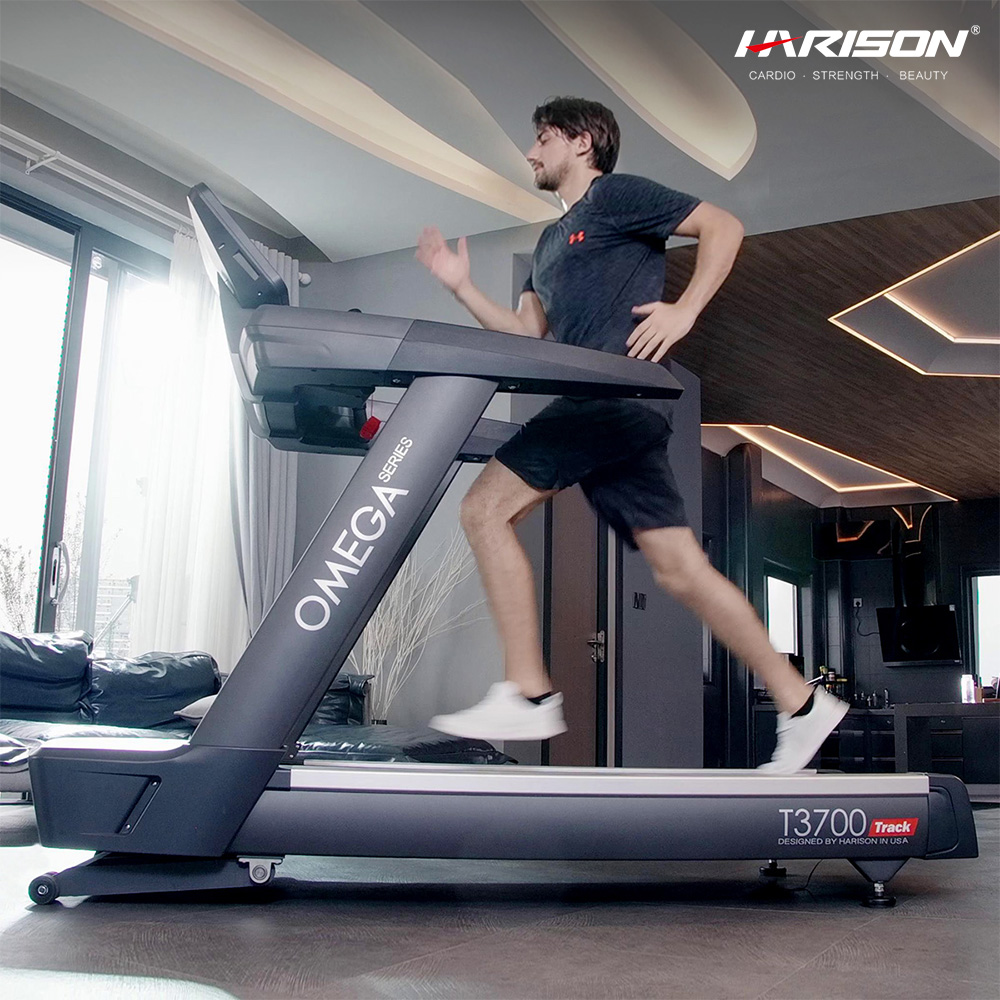
The elliptical machine is also called a space walker. When using the basic mode, the posture is like a free walk, and the trajectory is elliptical.
When exercising on the top, the soles of the feet are close to the pedals, so that you can not only enjoy the fun of walking or running, but also reduce the damage to the joints. It is also a good device for cross training.
It is used as a butt-lifting artifact to exercise the legs and buttocks. There are two ways of exercise, one is to do the leg exercises with the feet only, and the other is to use the hands and feet together, which requires higher balance ability.
The elliptical trainer is a kind of fitness equipment with very high recognition and choice in foreign countries, especially in Europe and America.
In recent years, it has gradually been favored by domestic gymnasiums and home exercisers, and has become a star product in aerobic fitness equipment.

2. People Who Are Suitable for Treadmills or Elliptical Machines
Let me talk about the treadmill first. If you belong to the following groups, use the treadmill with caution.
◆ Patients with heart disease. For patients with heart disease, because running has a heavy load on the heart, it is very dangerous if an accident occurs.
◆ People with osteoporosis, because of their reduced bone density and loose ligaments, are prone to sprains, falls, and fractures during high-intensity running.
◆ People who have arthritis, meniscus or ligament injuries, or have undergone artificial joint replacement, due to high-frequency running will cause repeated wear and tear of the hip, knee, and ankle joints, resulting in more injuries.
◆ For people with cervical spondylosis and lumbar spondylopathy, running for a long time under a state of high concentration can cause tension in the neck and lower back muscles, and the treadmill also has a recoil on the spine, which may aggravate the original condition.
The elliptical machine is suitable for a wide range of people, from children to the elderly, almost can be used, soothing elliptical movement reduces the impact on the joints, exercise more gentle.
3. The Advantages and Disadvantages of the Treadmills
◆ Advantages
The exercise intensity is high, and running needs to use the power of the whole body to achieve efficient fat burning effect.
Applying load to bones by participating in high-impact sports can enhance bone strength. Like muscles, putting pressure on bones will make them stronger.
You can simulate outdoor exercise by manipulating the tilt and training program to achieve higher intensity exercise.
Maintain and improve overall physical fitness. Treadmill exercise can strengthen the body, reduce the risk of blood clots, exercise cardiopulmonary function, and increase lymphocytes through running to enhance immunity.
◆ Disadvantages
High-intensity training, such as inclined sprints, can be dangerous. If your technical level is not enough to withstand some exercises, try to reduce the intensity.
Running puts a certain pressure on the joints and is not friendly to people with knee and hip injuries. Suggest this kind of injured friends carefully consider.
4. The Advantages and Disadvantages of Elliptical Machines
Advantages and disadvantages of elliptical machines
◆ Advantages
The elliptical machine organically combines the legs and arms, and regular exercise can coordinate the limbs and strengthen the body. Long-term exercises help improve physical endurance and exercise cardiopulmonary function.
The elliptical machine is suitable for a wide range of people. For healthy people, the elliptical machine can exercise and relax properly; for those with poor knees and ankles or those who are overweight (over 200 kg), using the elliptical machine for exercise is a safer and more comfortable choice.
There is no need to repeatedly impact your knees like a treadmill, and you can move your whole body.
◆ Disadvantages
There are certain restrictions on the angle and way of lower limb movement.
Relatively speaking, the training intensity is small, it is not easy to strengthen bones, burn fat, and achieve significant training results.
There is a strong burning sensation in the thighs, especially for people who have just touched the elliptical machine, they will feel the quadriceps on the front of the thighs in the first few trainings. You can do some warm-up training before this to relieve muscle burning. The discomfort caused.
5. Treadmill or Elliptical, Which One Works Better on Weight Loss?
For people who repeatedly jump on treadmills and elliptical machines, the main question is, which one has the best weight loss effect?
If the intensity and time are the same, the calorie consumption of the two devices is not much different.
The elliptical machine burns about 300 calories for 40 minutes, which is the calories of a bowl of rice. The treadmill participates in more muscle groups and consumes slightly more than the elliptical machine. However, it cannot be concluded that the fat burning effect of the treadmill is necessary. Better than an elliptical machine.
In fact, this problem is more controlled based on the amount and speed of each person’s basal metabolism. Different people have different fat loss effects at different times and strengths, so they cannot be compared simply by equipment.
A Review of The Best Suspension Trainers
/0 Comments/in Fitness TipsThe Navy seal invented suspension training. The idea was to use body weight to keep fit and improve body strength. Suspension training is a low impact work out and is considered as one of the safest but highly effective work out routines.
We are going to discuss some Read more
Exercise Bike vs Elliptical: Which one should you choose for workouts?
/0 Comments/in Weight LossWorking out on a machine is one of the most effective ways of reaching your fitness goals. Many people are now opting to buy and use them as they work out because they are gentle to the joints and at Read more
Contact Us
Tlephone:
+1(800)865-2125
Departure Date:
PST 5:30 am – 8:00 pm
![]()
![]()
![]()
support@harisonfitness.com
info@harisonfitness.com
Internationality:
sales01@harisonfitness.com
sales02@harisonfitness.com
532 S Hicks Rd, Palatine IL 60067 USA
Google Maps Navigation Address:532 S Hicks Rd, Rolling Meadows, IL
